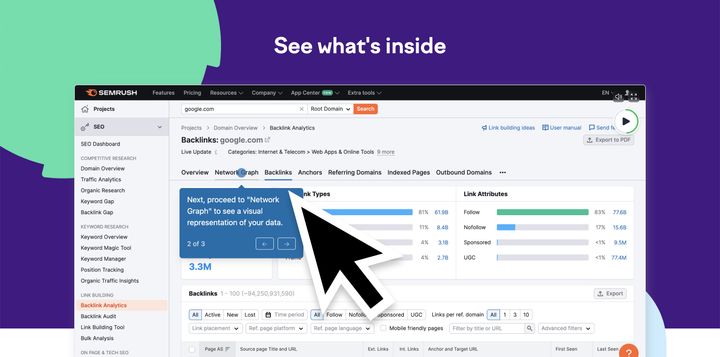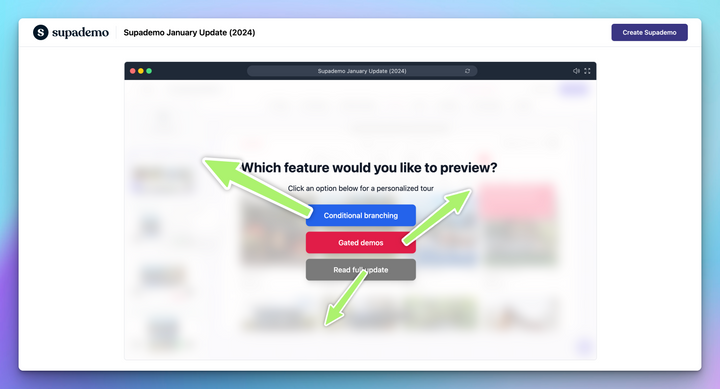In the fast-paced world of Software as a Service (SaaS), understanding key financial metrics is crucial for the growth and sustainability of a business. One such metric is the Revenue Run Rate (RRR), a tool that helps businesses forecast and plan for the future. This blog post delves into what Revenue Run Rate is, its importance in the SaaS industry, and how to calculate and interpret it effectively.
What is Revenue Run Rate?
Revenue Run Rate is a financial metric used to extrapolate future revenue over a period of time based on current financial data. It's particularly useful in the SaaS industry, where subscription-based models prevail, and consistent revenue streams are key indicators of business health. RRR is not just about current earnings; it's a projection that helps businesses predict and strategize for future growth.
Why is RRR Important in SaaS?
- Forecasting and Planning: RRR provides a quick snapshot of financial health, allowing SaaS companies to make informed decisions about investments, budgeting, and growth strategies.
- Investor Attraction: Investors often look at RRR to gauge a company's potential for growth and profitability. A strong RRR can make a SaaS company more attractive to potential investors.
- Performance Tracking: It helps in tracking the effectiveness of sales and marketing strategies. An increasing RRR indicates successful strategies, while a stagnant or declining RRR may signal the need for a change.
How to Calculate Revenue Run Rate
The basic formula for calculating RRR is quite straightforward:
Revenue Run Rate=Monthly Recurring Revenue (MRR)×12Revenue Run Rate=Monthly Recurring Revenue (MRR)×12
For example, if a SaaS company has a Monthly Recurring Revenue of $100,000, its Revenue Run Rate would be $100,000 x 12 = $1,200,000.
Understanding the Nuances
While the calculation seems simple, understanding its nuances is crucial:
- Recurring Revenue: RRR is most accurate when based on recurring revenue, not one-time sales or variable income.
- Growth Rate Consideration: For rapidly growing SaaS companies, RRR may underestimate future revenue if it doesn't account for the growth rate.
- Market Fluctuations: RRR assumes that the current revenue trend will continue, which may not always be the case due to market volatility or seasonal fluctuations.
Limitations of RRR
While RRR is a valuable tool, it has limitations. It doesn't account for churn rates, one-time payments, or upsells, which can significantly impact a SaaS company's revenue. Therefore, it should be used in conjunction with other financial metrics for a more comprehensive analysis.
Conclusion
Revenue Run Rate is a vital metric for SaaS companies, providing insights into financial health and helping in strategic planning. However, it's important to understand its limitations and use it as part of a broader financial analysis. By doing so, SaaS companies can better navigate the complexities of the market and steer towards sustainable growth.




